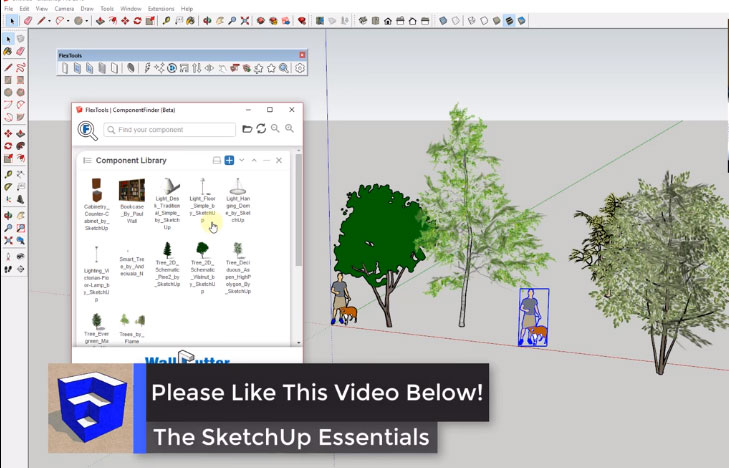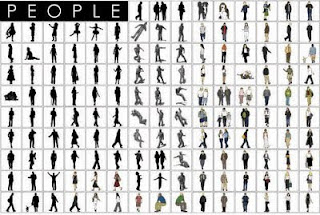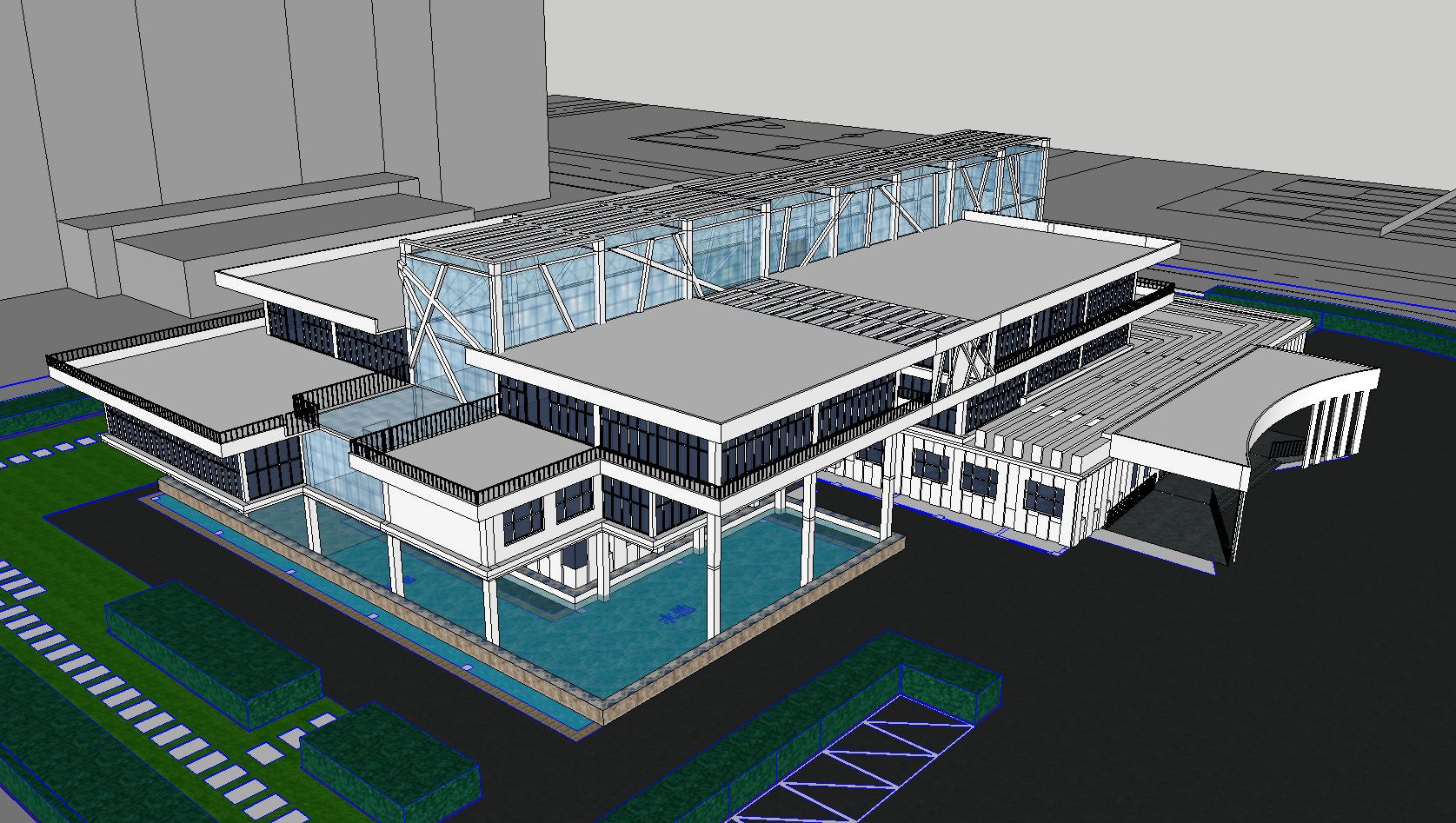

There are a few things you should take note of in the video above: If it does detect a change, it will low-key make a duplicate copy with a unique name and embed it without bothering you. If it detects no change, SketchUp will just secretly use the material copy you’ve already got embedded. If you click on a material in a local collection, and you already have that material in your model, SketchUp will compare the two and check to see if you’ve previously edited the embedded copy. But here’s the cool thing that SketchUp does in the background. I rarely go to the In Model collection either. Does that mean every single time I apply a certain material, it is creating duplicate copies of that material and saving it to the In Model collection?”įirst of all, that’s no problem, I do the same thing. I always refer to the local collections in the drop-down to apply my materials. You might be thinking, “Matt, I literally never go to the In Model collection when I apply materials. It is impossible to directly edit a style or material saved on your computer. In other words, all editing happens to the copy of the asset that resides in the In Model collection. This also means that whenever you edit a style or material, you will always be editing the embedded copy, not the original definition saved locally on your computer. Also, even if your model is completely empty, if you have a component definition in the In Model component collection that has materials on it, you won’t be able to purge the materials the component is using. That’s why it’s a good idea to purge your model from time to time. Keep in mind, every time you click on a new style or material, it gets added to the “In Model collection”, and stays there even if it is no longer being used. (There’s an In Model collection in the Components panel too, but let’s keep the focus on Materials and Styles for simplicity.) The “In Model collection” in the Styles panel or Materials panel shows you all of the embedded assets. If you email your model to someone who doesn’t have that material or style on their computer, they will still be able to view the model as you’ve created it. Whenever you add a new material or style to your model from a “local collection” in the drop-down menu, a copy of that material/style is embedded in your model (and will appear in the In Model collection in the Styles panel or Materials panel.) This makes it so that all of the assets travel with the model. What makes the “In Model collection” important? The key thing to realize is that all editing of materials & styles (and components for that matter, though not as surprising) happens to the “In Model” asset, not the original asset. Why is it important to distinguish the differences between different types of collections? It has a big effect on how assets are edited and saved. So the term “ collections” is used as a generic way to describe any set of assets, whether they directly correspond to a local folder, a cloud-storage location, or the embedded assets in the model (“In Model”, get it?).

Again, they are embedded in the current model.

The “ In Model collections” in the Components/Styles/Materials panels are the assets embedded in the model, and do not represent a local or cloud-based asset.In the Components panel, there are “ cloud-based collections” accessed through the 3D Warehouse.And that’s where it gets a little complicated. So why not just call them “folders”, if they are literally just a direct link to a folder on your computer?īecause that’s not always the case. ZIP, you can unzip it and view all of the files that make up the material. SKM files, and they exist somewhere on your computer (wherever SketchUp has installed them), and the name of the collection in the dropdown menu corresponds to the folder name on your computer.įUN FACT. SKP files in it, which corresponds to a collection in the Materials/Styles/Components panel drop-down menu.įor example, all the default Materials that come with SketchUp are literally just. As in, there is a direct connection to a folder on your computer that has. In most cases, a collection has a direct relationship to a local folder on your computer.


 0 kommentar(er)
0 kommentar(er)
